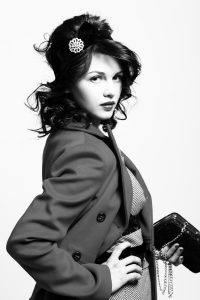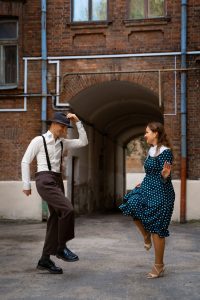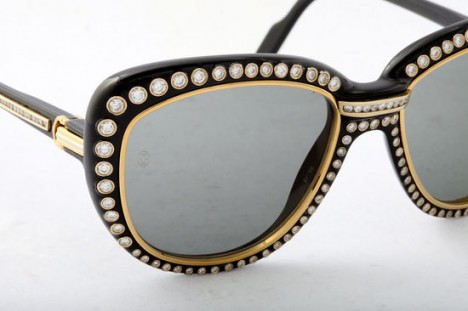History of Fashion
Throughout history, fashion has played a pivotal role in defining eras, social classes, and cultural movements. From the luxurious garments of ancient Egypt to the elaborate costumes of European nobility during the Renaissance, fashion has been used as a symbol of status, power, and prestige. It has also been a medium for expressing cultural traditions, religious beliefs, and personal aesthetics.

The Industrial Revolution in the 18th century brought about a transformative shift in fashion. The rise of mechanized textile production enabled the mass production of garments, making fashion more accessible to a wider population. As societies evolved, fashion became a way for individuals to assert their identities and differentiate themselves from others. The emergence of fashion magazines, fashion houses, and couturiers further contributed to the dissemination and influence of fashion trends.
In the 20th century, fashion took on new dimensions as societal norms shifted and technology advanced. The early 1900s witnessed the birth of haute couture and the rise of influential designers like Coco Chanel and Christian Dior, who revolutionized women’s fashion. The mid-century brought about a youthful rebellion and the birth of subcultures, such as the Beatniks, Hippies, and Punks, each with their distinct fashion sensibilities.
Role of fashion:
Fashion has played a significant role in human history, serving as a reflection of societal values, cultural shifts, and individual identities. From ancient civilizations to modern times, the evolution of fashion has been influenced by diverse factors, such as art, technology, social status, and historical events.
Roots of fashion:
- The roots of fashion can be traced back thousands of years. In ancient civilizations like Egypt, Mesopotamia, and Greece, clothing served as a means to distinguish social classes and convey cultural and religious symbols. Elaborate garments, rich fabrics, and intricate adornments were reserved for the elite, while simpler attire was worn by the common people.
- In the Middle Ages, fashion became intertwined with the rise of feudalism and the hierarchical structure of society. Clothing became a symbol of one’s status and position, with sumptuary laws dictating what each social class was allowed to wear. The medieval period saw the emergence of extravagant garments, such as flowing gowns, intricate headpieces, and elaborate embroidery.
- The Renaissance marked a turning point in fashion. Influenced by the revival of classical art and culture, clothing became more tailored and fitted. The concept of fashion as a means of self-expression gained prominence, with individuals using clothing and accessories to showcase their wealth, taste, and artistic sensibilities. Renowned artists and intellectuals of the time played a significant role in shaping fashion trends.

The 20th century witnessed rapid transformations in fashion. The early 1900s saw a departure from the restrictive corsets and voluminous skirts of the Victorian era, with designers like Coco Chanel and Paul Poiret introducing more relaxed and modern styles. The mid-century brought about a youth-driven fashion revolution, with subcultures like the Beatniks, Hippies, and Punks challenging traditional fashion norms.
In recent decades, fashion has become more globalized and diverse. The rise of fast fashion has made trends more accessible and affordable, but it has also raised concerns about sustainability and ethical production. The digital age has revolutionized the fashion industry, with social media and online platforms allowing for greater visibility and democratization of style.








